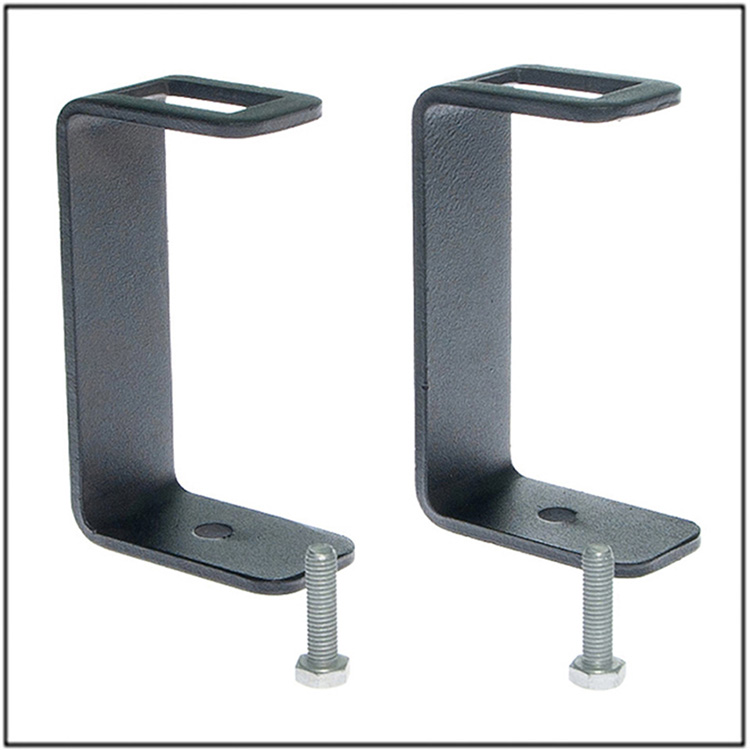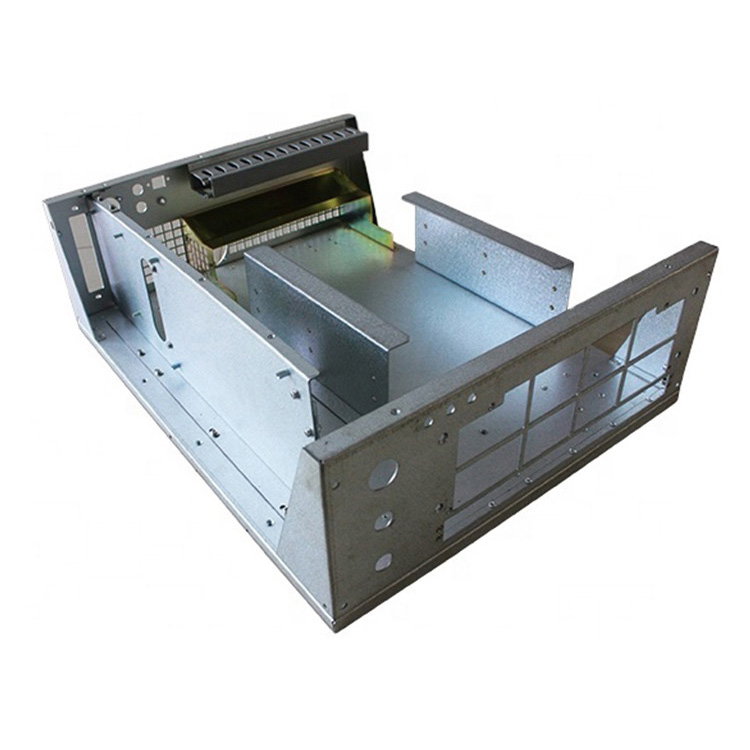
How to Reduce The Surface Roughness of Metal Stamping Parts
An effective way to improve surface roughness in stamping parts processing. During the stamping process, a certain roughness is formed on the surface of the stamped part, which is very unfavorable for its normal use. Especially for precision stamped parts, it not only affects aesthetics but also affects product quality, shortening the service life of stamped parts.
So, in order to improve the performance of stamped parts, it is necessary to reduce the surface roughness. Here are some areas that can be improved.
1.Selection of raw materials: Many different raw materials are used in the stamping process. According to the different densities of raw materials, the selection of cutting tools and machine tools during the processing is directly related to the surface roughness.
2.Cutting quantity: In cutting feed, the surface machining quantity can be correspondingly reduced.
3.Choose the appropriate processing technology: In the production and processing of stamped parts, processing technology is also very important. Inappropriate technology can affect processing quality and production efficiency. Many precision stamped parts require rough machining before precision machining to achieve the required surface finish.
4.To eliminate the impact of chip deposits, the treatment of chip deposits should be faster. Stamping parts with chip deposits on the surface should not be cut, but it is also necessary to ensure that the tool surface is free of chip deposits.
5.Choose the geometric parameters of the cutting tool: Based on the geometric parameters of the machining tool, the downward deviation angle can be reduced accordingly, the radius of the tool tip arc can be increased, and if necessary, edge grinding can be performed to facilitate cutting and reduce surface roughness.
6.Control machine tool vibration: Efforts can be made to reduce friction and compression between the tool and the workpiece, make the tool edge sharp, add cutting fluid, and perform appropriate heat treatment on some ductile workpiece materials.
The surface roughness of stamped parts has a crucial impact on the use of stamped products, so the factors that affect surface roughness during the stamping process should be improved or resolved in a timely manner to achieve the best performance of the processed stamped parts.









